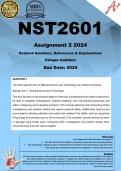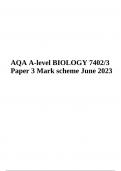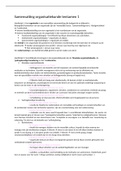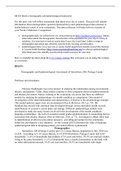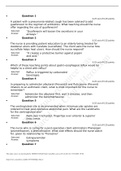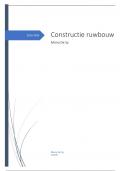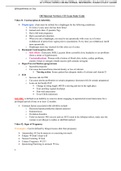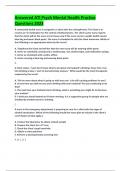Summary
Summary Violence and Security - Midterm/Final Exam - Lecture + Readings
- Module
- Institution
This is a summary that can be used to study for both the midterm and final exams of Violence and Security: Paradigms and Debates. It contains lecture notes, as well as notes for each reading which are mostly organised according to the readings questions asked by the professor.
[Show more]




